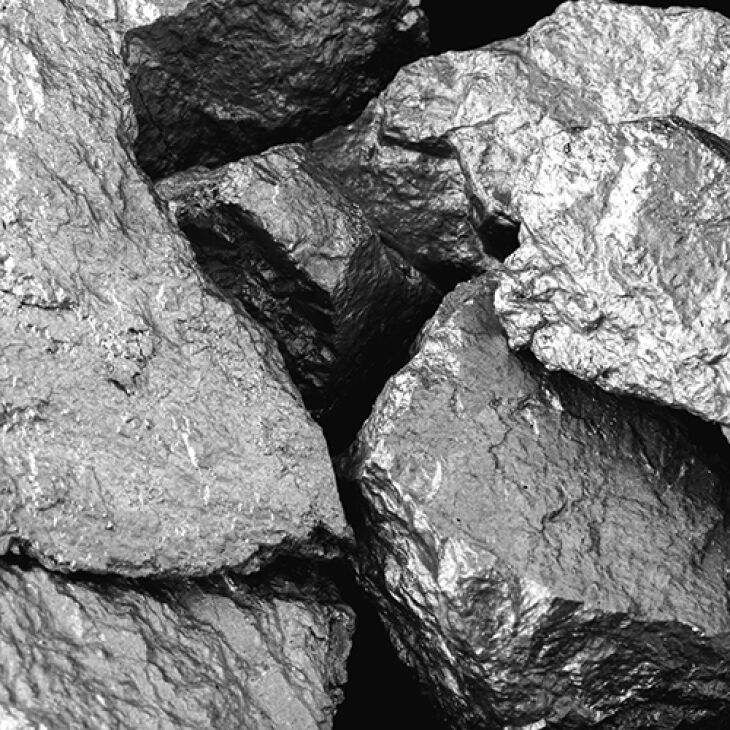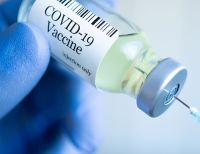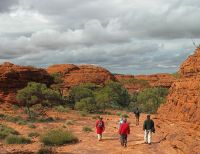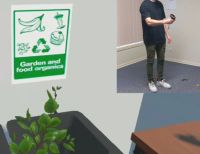06 April 2022
 They’re the driving force behind electric vehicles, renewable energy generation and crucial to the manufacture of many high-tech products, but while rare earth elements are highly valued across many sectors, they can be problematic to extract due to mineralogical and chemistry issues in processing, which can pose significant challenges for minimising energy and water consumption.
They’re the driving force behind electric vehicles, renewable energy generation and crucial to the manufacture of many high-tech products, but while rare earth elements are highly valued across many sectors, they can be problematic to extract due to mineralogical and chemistry issues in processing, which can pose significant challenges for minimising energy and water consumption.
Australia is a leader in modern and sustainable approaches to rare earth production. The new Lynas Rare Earths Processing Facility in Kalgoorlie, Western Australia is a prime example that has recently received Environmental Approval.
Newly-funded research at the University of South Australia could further transform the way rare earth elements and other vital battery metals are recovered from the earth, enabling efficient extraction with decreased environmental footprint.
Dr Richmond Asamoah from UniSA’s Future Industry Institute is developing new ways to safely extract critical minerals from downstream ore processing, tailings reprocessing, and wastewater treatments. He is also developing mechanisms to safely recycle spent products from scrap batteries and magnets.
“Rare earth minerals and battery metals are vital for the economic wellbeing of the world's major and emerging economies, yet their supply is not reliable due to geological scarcity, geopolitical issues, and trade policy,” Dr Asamoah says.
“Accumulated mining wastes, from a range of primary commodities, are becoming an increasingly valuable source of metals, but there is often a lack viable extraction technologies.
“Our research will apply new technologies to evaluate their capabilities to both extract minerals from low grade process and mineral tailings streams, together with recyclable spent batteries and magnets”.
The project will test two patented metal recovery processes – resin in pulp and resin in moist mix (InnovEco Australia) – to extract target metals from low grade ores, fine minerals and wastes such as tailings. These methods can also be used for process water treatment.
Funded by the Australia-India Strategic Research Fund, Dr Asamoah says that the research will deliver significant benefits to both countries.
“We’re not only talking about environmental benefits, but also economical and sustainable technologies that both countries can use to extract rare earth and battery minerals from current mining operations,” Dr Asamoah says.
“Rare earth elements contribute nearly $200 billion to the Indian economy, yet despite India having the world’s fifth largest reserves of critical metals, they mostly import their rare earth needs from China.
“This project hopes to enable Australia to export rare earth minerals to India, as an alternative to China, as well as to empower India to establish eco-technologies to extract minerals and metals within their own borders.
“Importantly, the research will build capacity for processing critical minerals in Australia and India and creating many new eco-efficient opportunities for economic growth, education, employment and investment.”
This international research collaboration includes the Council of Scientific and Industrial Research – Institute of Minerals and Materials Technology (CSIR – IMMT), Kalinga Institute of Industrial Technology (KIIT), and Indian Institute of Technology (IIT) as research partners, together with InnovEco Australia and Care of Our Environment (COOE) as translation partners.
…………………………………………………………………………………………………………………………
Contact for interview: Dr Richmond Asamoah E: [email protected]
Media contact: Annabel Mansfield M: +61 417 717 504 E: [email protected]
















